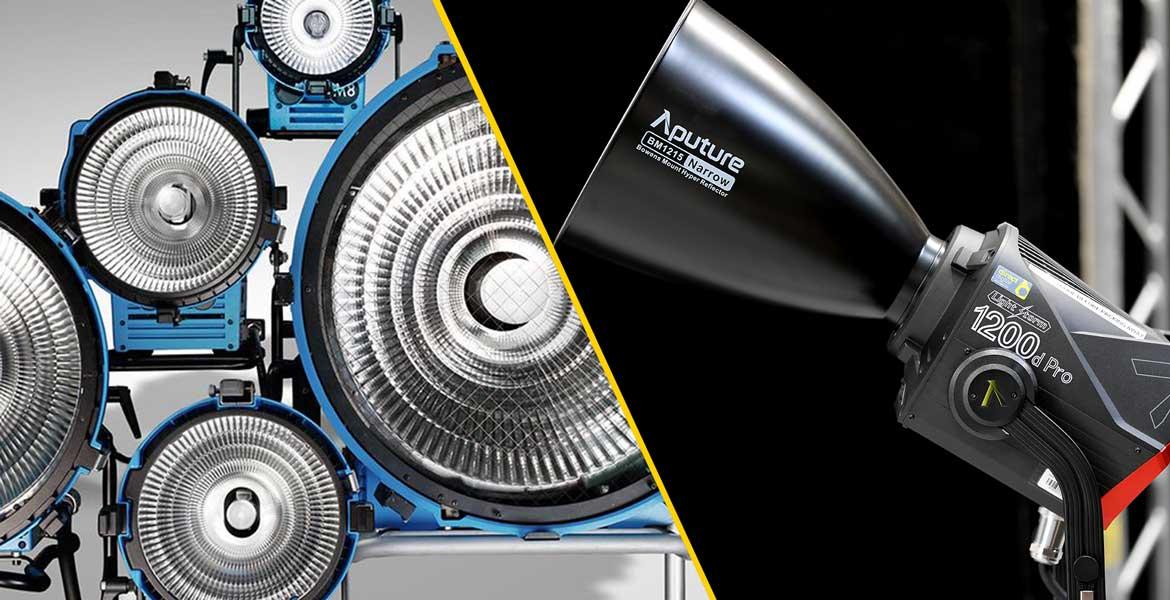
Lighting is an essential aspect of any visual medium, whether it's photography, film, or video production. It can set the mood, highlight certain features, and enhance the overall visual experience. Two popular lighting options used in film and video production are LED and HMI lighting. Both have their advantages and disadvantages and in this article, we'll compare the two to help you decide which one to use for your project.
LED Lighting
LED (Light Emitting Diode) lighting is a relatively new technology in the lighting world. It uses tiny light-emitting diodes to produce light. LED lighting has become increasingly popular in recent years due to its energy efficiency, low heat output, and longevity. LEDs can last for up to 50,000 hours, which is significantly longer than traditional lighting options.
LED lighting also provides a wide range of colour temperature options. You can adjust the temperature to match the natural light, which is great for outdoor shoots, or to create a specific mood for indoor shoots. LED lights are also highly portable and lightweight, making them ideal for on-location shoots or small-scale productions.
However, one disadvantage of LED lighting is that it can produce harsh shadows, making it less ideal for certain types of shoots, such as portraits or product photography. Additionally, the light output of LED lighting is generally lower than other lighting options, such as HMI lighting, which can be a disadvantage for large-scale productions.
HMI Lighting
HMI (Hydrargyrum medium-arc iodide) lighting is a type of gas discharge lamp that produces a bright, white light. HMI lighting has been used in film and video production for decades due to its high colour accuracy and brightness. It is an excellent choice for large-scale productions or when you need to light a large area.
HMI lighting also produces a very directional light, making it ideal for highlighting specific areas or subjects. It is often used in product photography, where you need to highlight the features of a product, or in car commercials, where you need to show off the car's curves and lines.
However, HMI lighting has its disadvantages as well. It can be expensive to purchase and maintain, and it produces a lot of heat, which can be a problem when working with delicate materials or in small spaces. It also requires a ballast to regulate the electrical current, which can add to the overall cost and weight of the lighting setup.
The Final Word and Where Can I Rent in London
LED and HMI lighting both have their advantages and disadvantages. LED lighting is energy-efficient, portable, and provides a wide range of colour temperature options. However, it can produce harsh shadows and has a lower light output than other options.
HMI lighting, on the other hand, is bright, has high colour accuracy, and produces a directional light ideal for highlighting specific areas or subjects. However, it can be expensive to purchase and maintain, produces a lot of heat, and requires a ballast to regulate the electrical current.
Ultimately, the choice between LED and HMI lighting will depend on your specific needs and budget. For smaller set-ups or on-location shoots, LED lighting is an excellent choice due to its portability and low heat output. However, for productions with a single light or when you need to light a large area, HMI lighting is the way to go.
If you want to compare for yourself then Direct rent a wide range of LED and HMI lighting from their London and Manchester offices and can be contacted here.
